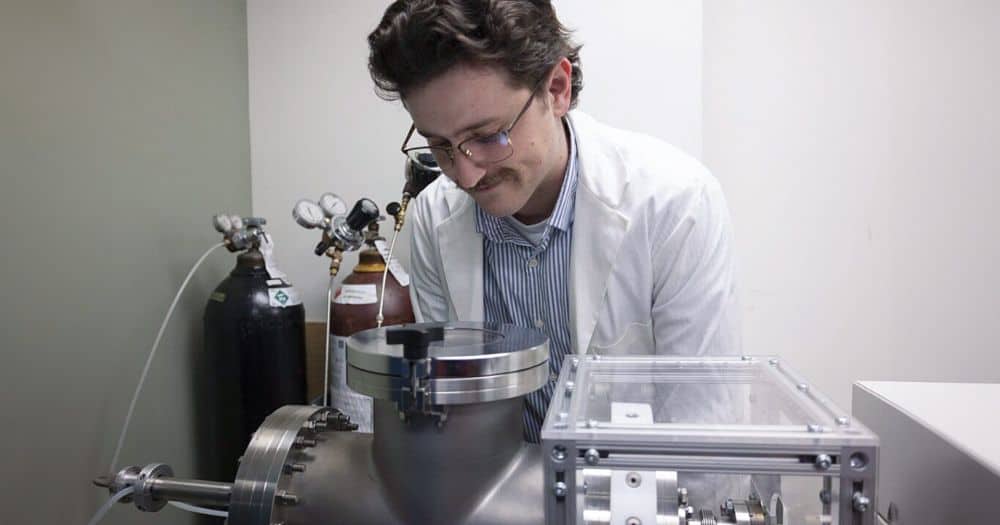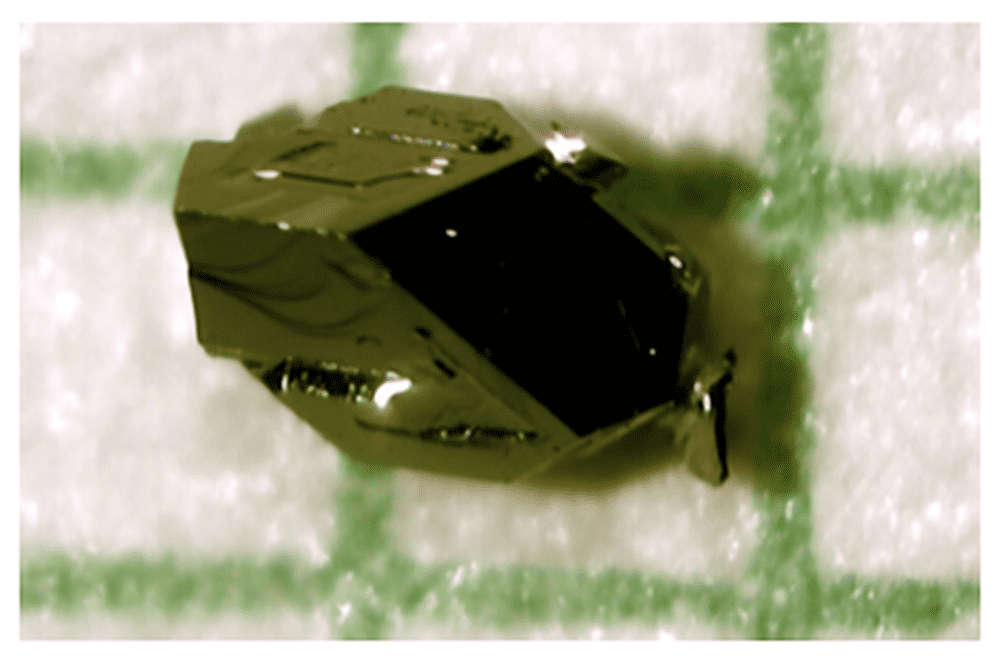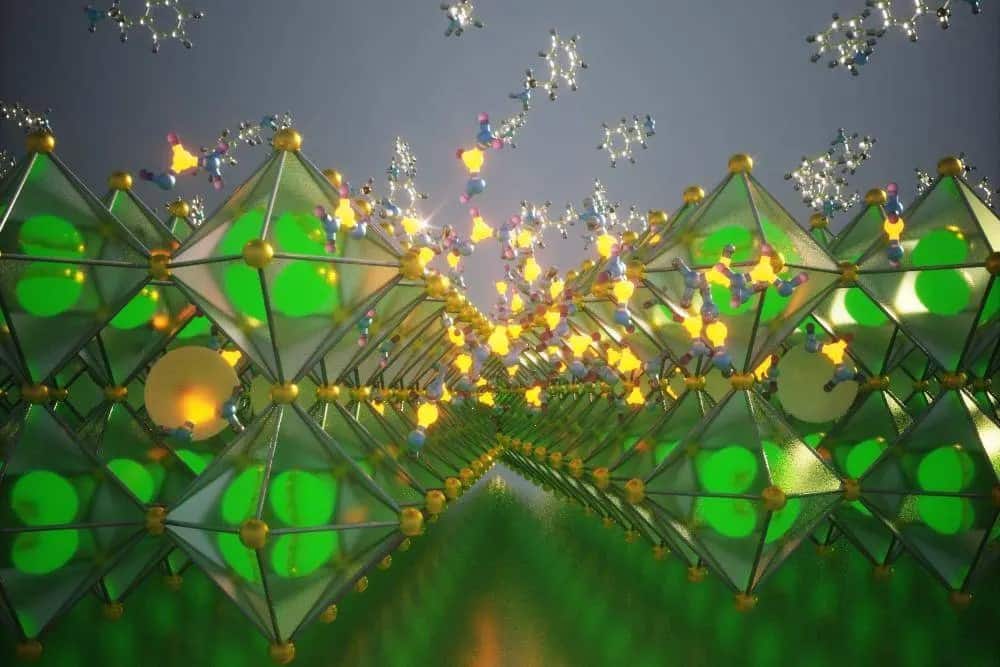Ceramic armor development is constrained by limitations of existing predictive models. In a recent open-access article, Jake Ganor of Adept Armor proposed a new predictive formula that opens an avenue for facile estimation of a ceramic material’s ballistic efficacy.
Read MoreIn a new record for auxetic materials, researchers at the University of Western Ontario synthesized 2D flakes of tungsten semicarbide than can expand up to 40% under applied strain.
Read MorePlastic deformation of polycrystalline ceramics at room temperature is hindered by the lack of sufficient independent slip systems within the material’s structure. Researchers in Germany circumvented this limitation by focusing on deformation in the near-surface region, which demonstrates several useful dislocation mechanisms not available in the bulk region.
Read MoreThe emergence of large language models has the potential to greatly accelerate data extraction from materials science literature, but annotating the text before extraction is often still a manual task. Researchers led by Taylor Sparks at the University of Utah developed a new method that harnesses the power of Google’s Gemini Pro to reduce the need for manual annotation.
Read MoreOptical devices traditionally require numerous layers to guide and transform light to achieve the desired result. Researchers at The Ohio State University showed that only a single layer of epsilon-phase tungsten trioxide, which they just experimentally confirmed is ferroelectric, can be used to create color-changing smart windows.
Read MoreMaterials that can display superconductivity are extremely rare in nature, and to date, no naturally occurring mineral was known to display unconventional superconductivity. Researchers led by Ames National Laboratory discovered that miassite, which previously was identified as a superconductor, actually displays unconventional superconductivity.
Read MoreSuccessful plastic deformation of nitride ceramics has to date been limited to samples on the micro and nanoscale. Now, researchers from Yanshan University in China achieved plastic deformation in a bulk boron nitride ceramic by modifying its layered van der Waals structure.
Read MoreThe Electronic Materials and Applications Conference moved from its original home in Florida to Denver, Colo., taking place Feb. 13–16, 2024. More than 330 attendees, of which nearly a third were students, attended the conference.
Read MoreAchieving long-term operational stability of all-perovskite solar cells remains a challenge. Researchers led by Georgia Institute of Technology made the surprising discovery that while exposing perovskites to both water and oxygen leads to instability, taking away one of those factors preserved the perovskites’ structure.
Read More









